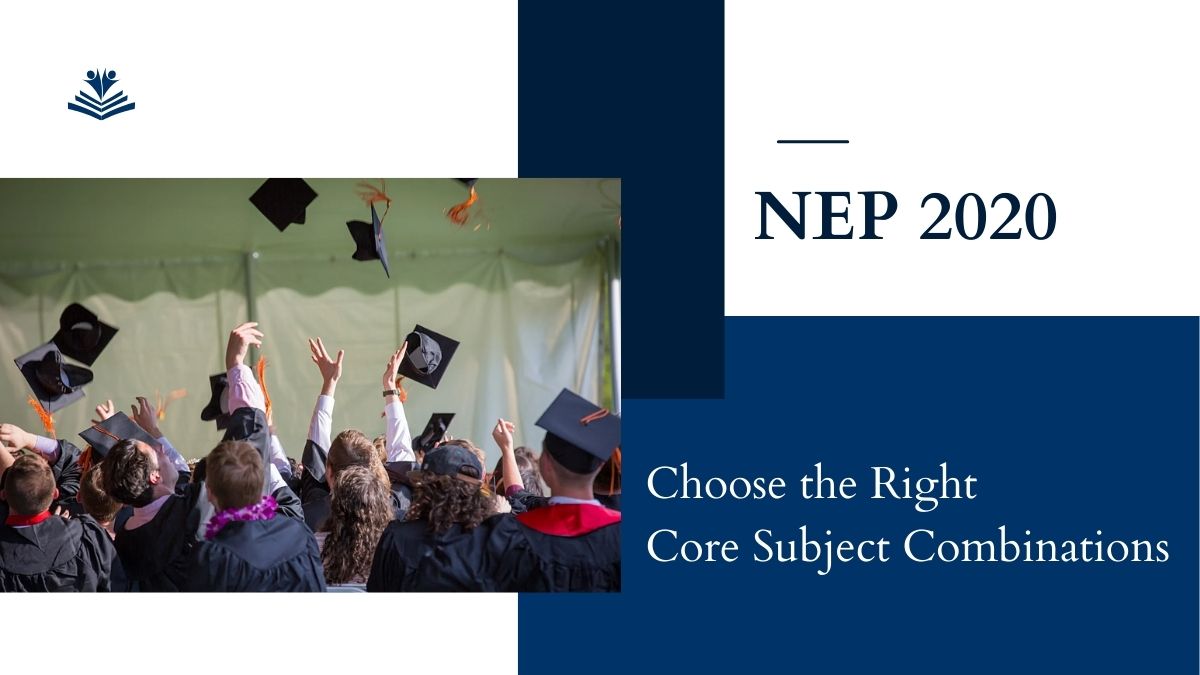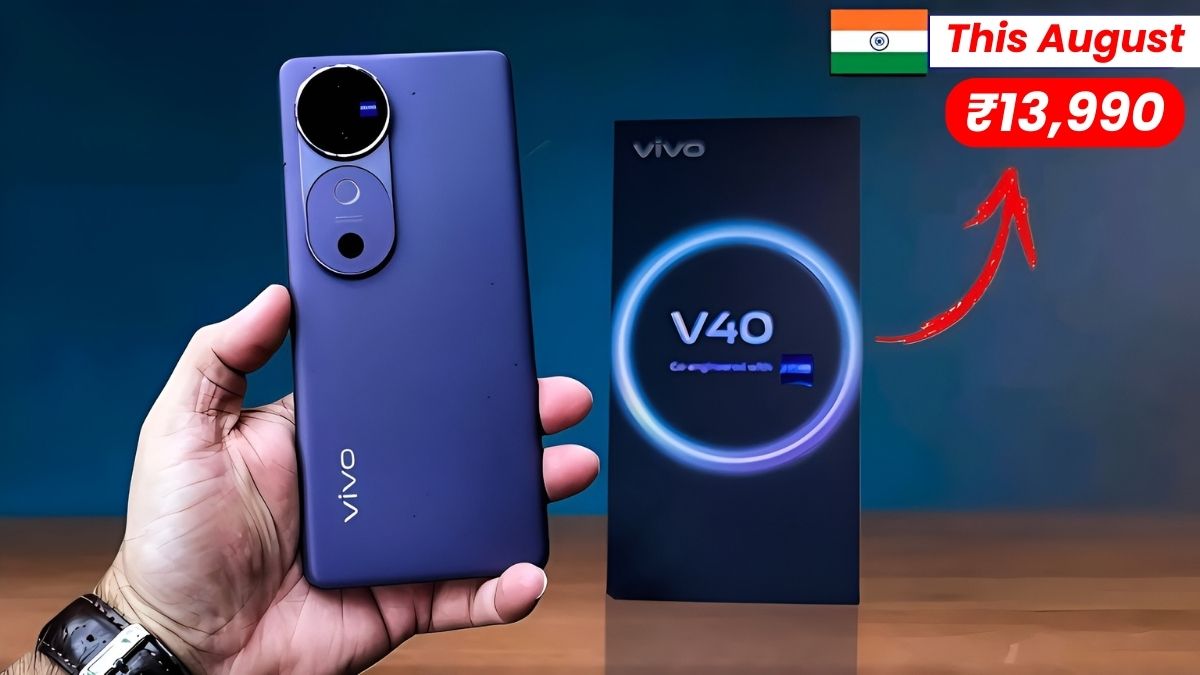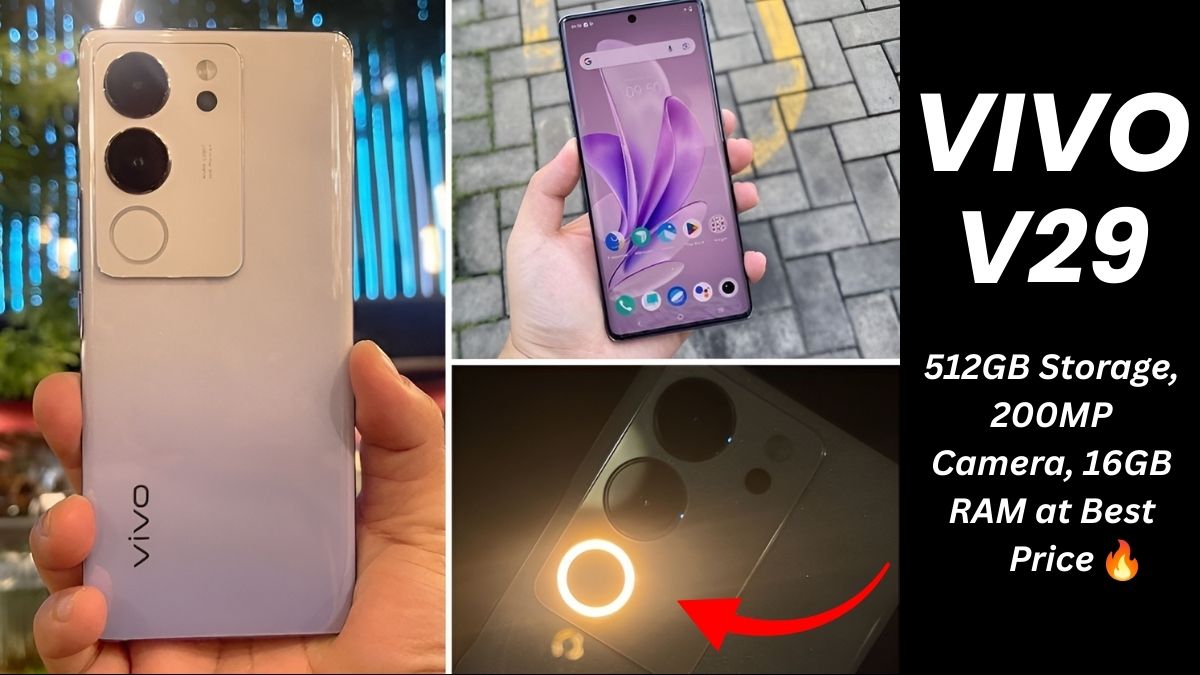Education has always been the backbone of society. In the old times, the main objective of the education policy of 1986 was that every person should get a chance to study. That is, education should be accessible to all. But times change, society changes, technology changes, and so in 2020 the new National Education Policy i.e. NEP (National Education Policy) was introduced. It is not limited to studies only, but also takes into account the personal, social and practical development of the students.
According to the new policy, studies are no longer limited to books. It also includes new courses, practical work, internships, hobby-based courses and real-life experiences. Now the complete record of whatever the students learn will be recorded in their transcript or report card.
In Maharashtra, about 144 autonomous institutions (87 general and 57 professional) have started implementing NEP from 2023-24. And by 2024-25 it will be implemented in all 3500 colleges.
A working group was formed to implement this policy, which was headed by renowned scientist Dr. Raghunath Mashilkar. Along with this, Dr. Ravindra Kulkarni’s committee also reported on it. Some of the main challenges and their solutions have been mentioned in this report:
- Focus on quality education instead of just providing access to education.
- Bringing excellence in both teaching and research.
- Empowering colleges and improving the governance system.
- Promoting innovation and creativity.
- Promoting leading research so that India does not become only a follower, but a leading country.
New direction of undergraduate (UG) education under NEP
According to NEP, now the structure of UG education has completely changed. Now instead of just teaching books to the students, emphasis is laid on their critical thinking, creativity, communication and real experience.
Some key changes and features:
Thinking beyond the textbook:
Now instead of just learning rote knowledge, students will get an opportunity to think, question, communicate and show their creativity. For example, a math student will now also be encouraged to work on a project or research.
Flexible Curriculum:
Now any student can choose any subject. For example, if you are a science student, you can also study a course in music, political science or literature.
Multidisciplinary Learning:
This allows students to try their hand at different subjects. For example, a history student can also do a course in computer science or data analytics.
Flexible UG programs:
Now there will be 3 or 4 year programs. If you want, you can get a certificate after one year, a diploma after two years and a bachelor’s degree after a full 3 or 4 years.
Skill Training:
Now along with academic education, vocational and technical skills will also be taught. For example, lab practical, computer application, and training in marketing or digital tools.
Community & Environment Courses:
These courses make students aware of social responsibilities and the environment.
Internships and On-the-Job Training (OJT):
Students will gain experience by working in the real world. This will make it easier for them to get a job and they will be ready for work.
Benefits to students from NEP
- Study beyond stream: Now students can choose a course of any stream. For example, a science student can also specialize in literature or music.
- Education according to interest: Students can choose courses according to their interest and ability, which makes studying fun and useful.
- Multiple Entry-Exit System: You can pause studies in between and resume according to your time and situation.
- Credit Transfer: Now it is easy to transfer credits to any college. This means that the credits of the course done in one college will be valid in another college.
- Offline, Online or Hybrid Education: Students can choose the mode of study as per their convenience.
- Academic Bank of Credits (ABC): Now the record of every credit will be kept in digital form. This will be very useful for education and jobs in future.
Importance of National Credit Framework (NCrF)
NCrF is a system that converts all types of learning experiences of students into credits. This means that you can earn credits from internships, projects or even online courses.
Advantages of NCrF:
- Easy to transfer credits in India.
- Foreign universities will also recognize Indian credits.
- A flexible and international level learning system will be created for the students.
Structure of 4-year degree program
Under NEP, there will now be 3 or 4-year UG programs. In these you will get Major, Minor, Electives, Skill Courses and Real-world Training. The various degrees according to credits are as follows:
- UG Certificate: 40-44 credits in 1 year
- UG Diploma: 80-88 credits in 2 years
- Bachelor’s Degree: 120-132 credits in 3 years
- Bachelor’s Degree (Honors/Research): 160-176 credits in 4 years
The MEME (Multi Entry Multi Exit) system allows students to start or stop studying according to their financial and personal situation.
6 verticals and credit distribution of a 4-year UG program
Major Subject (~50%):
Main subject in which you study in depth. Example: BA Philosophy, B.Sc Chemistry. It prepares you for a career and helps you get into research. Develops critical, analytical and problem-solving skills.
Minor Subject (~11%):
Opportunity to try new areas along with the core subject. Example: Philosophy student can take a minor in Mathematics or Journalism.
Generic/Open Electives (~6%):
Can choose elective from any stream. Example: Science student can study Photography or German Language.
Vocational & Skill Courses (~9%):
Helps in learning practical skills, like lab practicals, computer applications or factory work.
Life Skills & Knowledge Integration (~8%):
To develop communication, moral education, digital skills and social consciousness. It includes modules like AEC, IKS, VEC.
Experiential Learning (~20%):
It includes field projects, internships, community service, research projects and co-curricular activities like yoga, NSS, dance, music. It prepares students for the real world.
Conclusion
NEP 2020 aims to create a modern, flexible and multidimensional education system. In this policy, students get full opportunity for creativity, skills, internships and real experience. It is not limited to just giving degrees, but also works towards making students job-ready and socially aware.
If you want an education that combines creativity, flexibility and practical learning, and which can open new career paths according to your interests, then UG programs under NEP are an ideal option for you.








